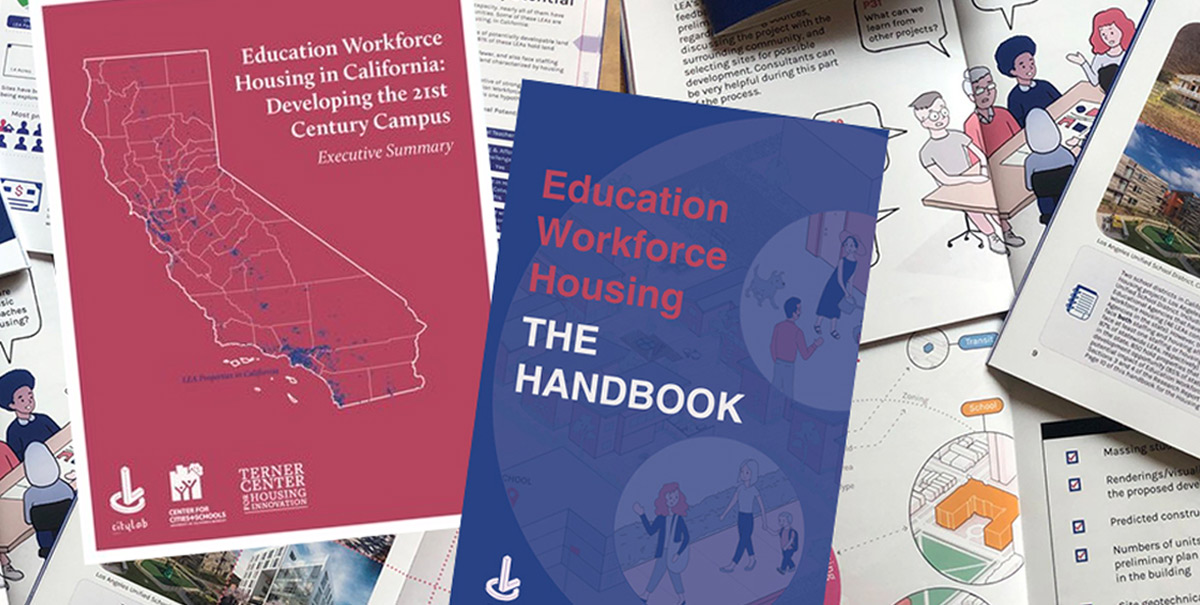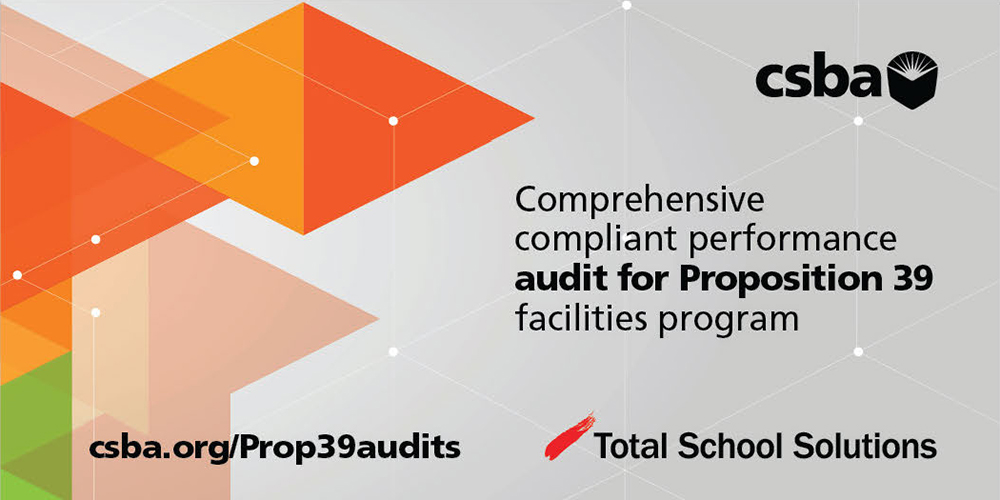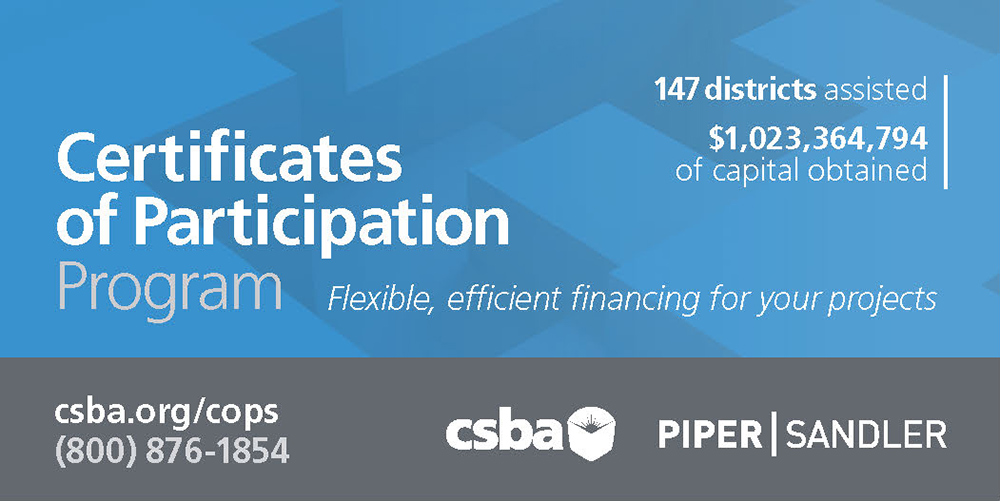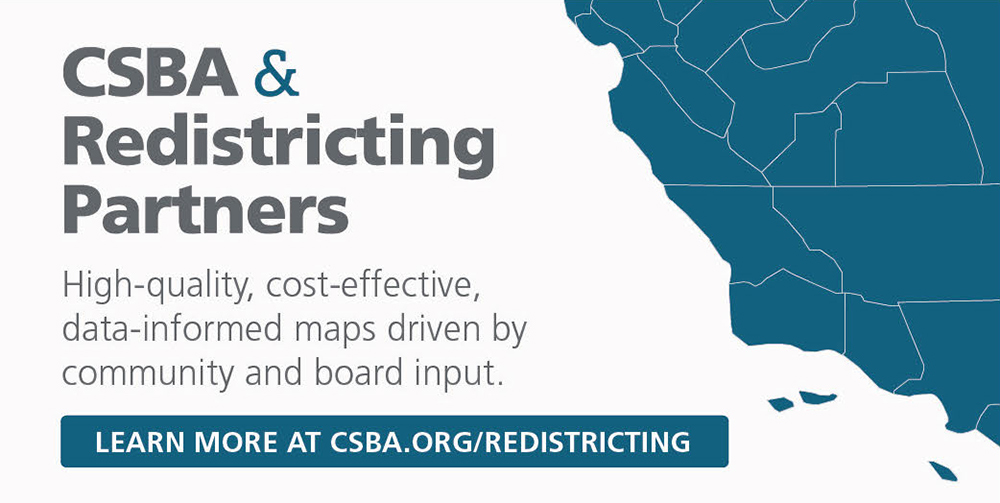policy



Homeless students face unique challenges in the quest to achieve academically. Students experiencing homelessness are more likely to be chronically absent, change schools multiple times, be suspended and be enrolled in high-poverty schools, and are less likely, compared to their peers, to meet or exceed state standards, complete high school and attend postsecondary institutions, according to a June 2021 report from the Learning Policy Institute. These problems are of even more concern when looking at the extent of student homelessness in California. More than 20 percent of the country’s students identified as experiencing homelessness reside in California. In 2018–19, approximately 4 percent of students statewide were identified as experiencing homelessness. The number had been steadily increasing over the prior three years and data shows that students of color and English learners are disproportionately impacted. In addition, there is growing concern that these numbers do not accurately reflect the extent of the problem.

Troy Flint | tflint@csba.org
Editorial Director:
Kimberly Sellery | ksellery@csba.org
Marketing Director:
Andy Rolleri | arolleri@csba.org
Staff Writers and Contributors:
Alisha Kirby | akirby@csba.org
Heather Kemp | hkemp@csba.org
Teresa Machado | tmachado@csba.org
Mike Ambrose | mambrose@csba.org
Barbara Laifman | blaifman@csba.org
Graphic Design & Branding Director:
Kerry Macklin | kmacklin@csba.org
Dr. Susan Heredia | Natomas USD
President-elect:
Susan Markarian | Pacific Union ESD
Vice President:
Albert Gonzalez | Santa Clara USD
Immediate Past President:
Xilonin Cruz-Gonzalez | Azusa USD
CEO & Executive Director:
Vernon M. Billy
California School News (ISSN 1091-1715) is published 11 times per year by the California School Boards Association, Inc., 3251 Beacon Blvd., West Sacramento, CA 95691. 916-371-4691. $4 of CSBA annual membership dues is for the subscription to California School News. The subscription rate for each CSBA nonmember is $35. Periodicals postage paid at West Sacramento, CA and at additional mailing office. POSTMASTER: Send address changes to California School News, 3251 Beacon Blvd., West Sacramento, CA 95691.
News and feature items submitted for publication are edited for style and space as necessary.

After nearly a decade of the Local Control Funding Formula, it’s easy to take the system for granted. For many school trustees and most of the Legislature, it’s the only school funding system they’ve ever known. Perhaps that’s why many of our representatives at the Capitol are complacent toward or even dismissive of LCFF. This nonchalant attitude is cause for alarm because LCFF is a huge step beyond California’s previous method of funding public education. Anyone seeking to improve resources and conditions for students should be focused on bolstering LCFF — primarily by increasing base funding — not chiseling away at a historic commitment to our public schools.
A robust defense of LCFF, combined with aggressive advocacy for its expansion, is crucial to address both our near-term challenges and our long-term goals of strengthening public schools, closing opportunity and achievement gaps, and improving student outcomes. To understand the connection, it’s helpful to review the funding system before LCFF.

President
Natomas USD

President-elect
Pacific Union ESD
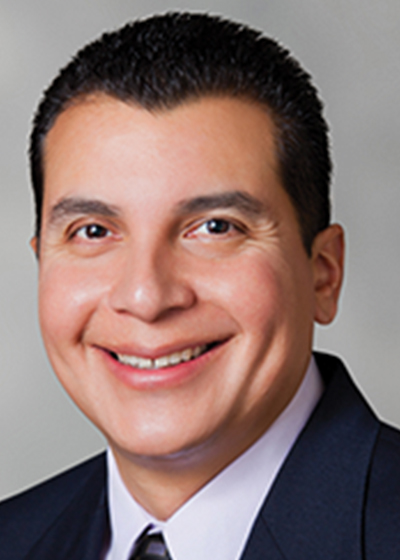
Vice President
Santa Clara USD
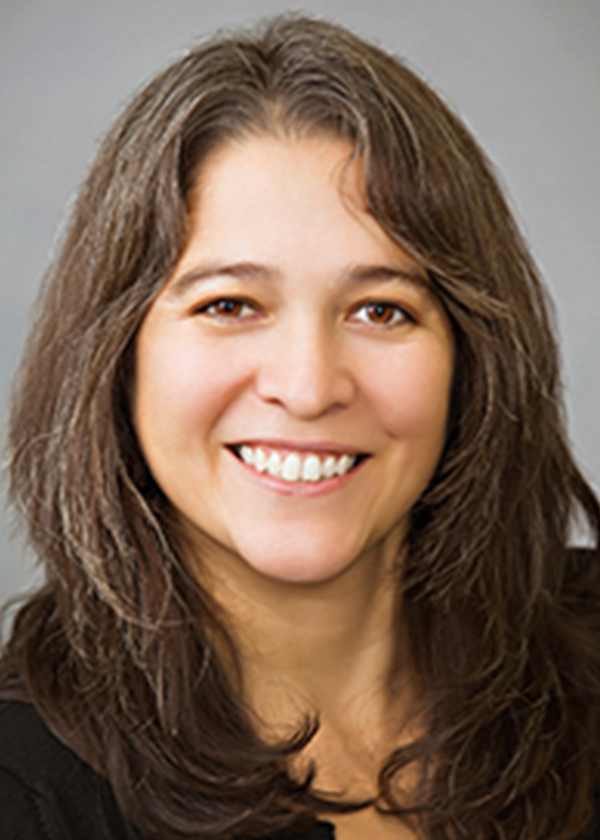
Immediate Past President
Azusa USD
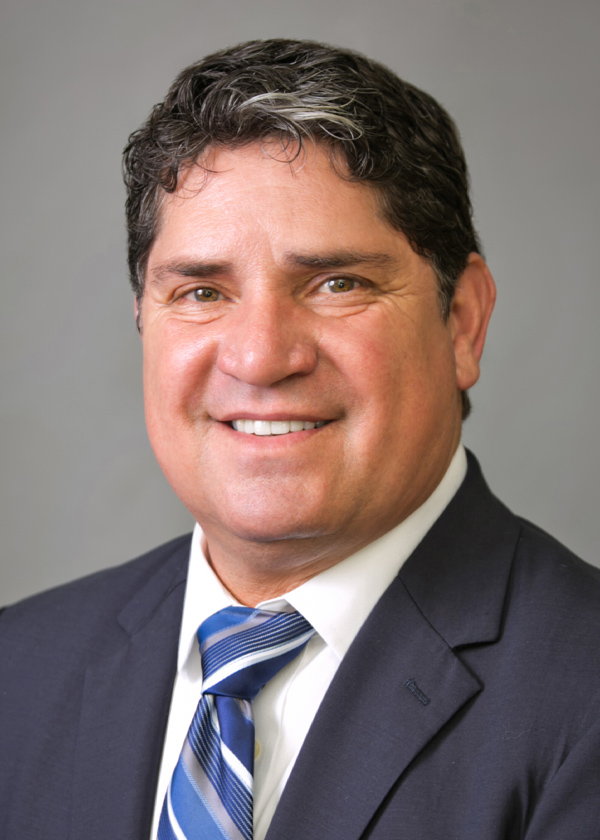
Region 1
Del Norte County USD

Region 2
Siskiyou COE
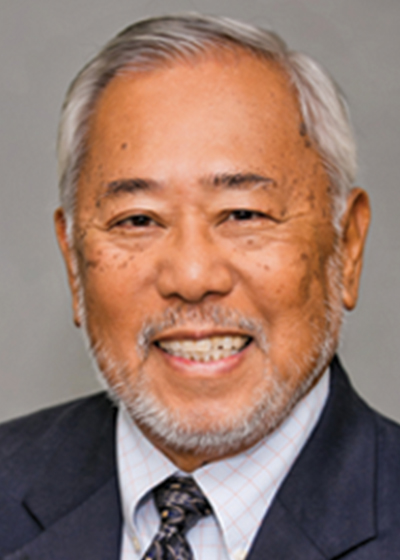
Region 3
Vallejo City USD

Region 4
Eureka Union SD
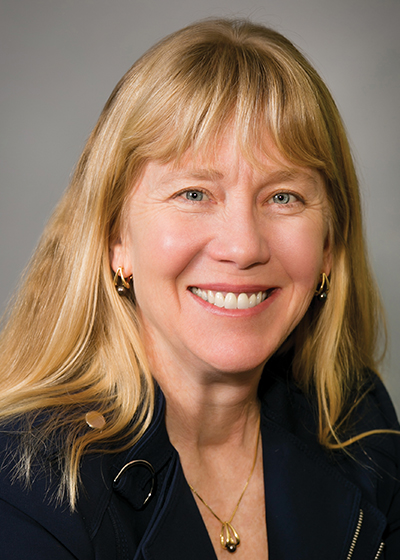
Region 5
Redwood City SD
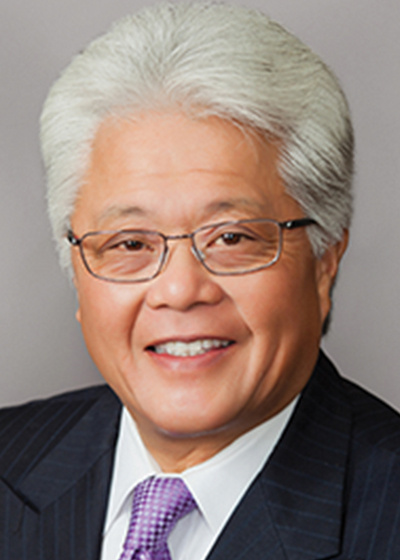
Region 6
Sacramento City USD

Region 7
San Leandro USD
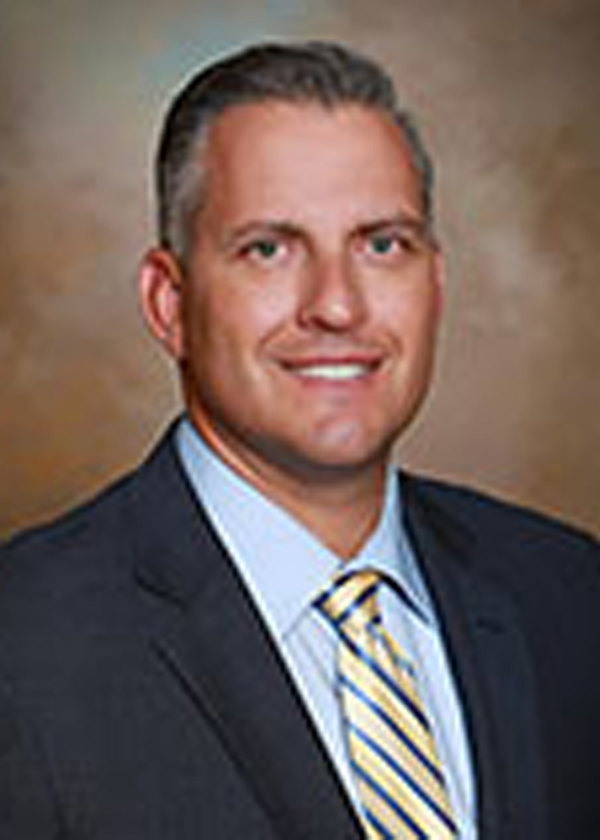
Region 8
Manteca USD
akoo@csba.org


A new report from the University of California, Los Angeles’ cityLAB, UC Berkeley’s Center for Cities + Schools and Terner Center for Housing Innovation, in collaboration with CSBA and the Chan Zuckerberg Initiative — Education Workforce Housing in California: Developing the 21st Century Campus — provides an extensive review of the need for public education workforce housing, where and how some strategies can be implemented, and recommendations to advance housing solutions on land currently owned by LEAs.
California will change its school masking policy from “required” to “strongly recommended” beginning March 12, according to a joint release in which Gov. Gavin Newsom joined the governors of Oregon and Washington in announcing new masking policies. The announcement applies to students and staff, and there is no distinction between vaccinated and unvaccinated individuals. In addition, as school buses serving K-12 populations are considered a school setting, masking remains required through March 11, after which time masking will be strongly recommended.
CSBA President Dr. Susan Heredia welcomed the dual announcements as responsive to many of the requests issued in the organization’s Feb. 22 letter to Gov. Newsom and described them as important steps toward a more sensible and productive learning environment for California students.
This article is intended to update boards on some of the recent executive orders, guidelines and health orders affecting local educational agencies. On Feb. 25, 2022, Gov. Gavin Newsom issued an executive order to roll back some of his executive orders related to the COVID-19 pandemic while maintaining the proclaimed State of Emergency. Updates in this article include the Feb. 25 executive order and how it applies to Executive Order N-3-22.

In its first meeting of the year, the California Commission on Teacher Credentialing on Feb. 10–11 took on a packed agenda that contained updates on work relating to early childhood education, rich discussions about the use of Teacher Performance Assessments (TPAs), and early steps in creating a new literacy performance assessment for teacher candidates.

In February 2020, just before the COVID-19 pandemic shut down school campuses and rattled the education field and world, the San Diego County Office of Education was working to identify mental health and/or wellness leaders at each of the state’s 58 COEs to help with training-related needs.
“Everybody had different titles, but they gave us a person and so came together the group,” recalled Mara Madrigal-Weiss, executive director of Student Wellness and School Culture at San Diego COE. “That was the first time that we had people who were identified as mental health or wellness [leaders] come together.”
The California Collaborative for Educational Excellence convened on Feb. 3 to delve into the agency’s new structure with a spotlight on transformative systems.
CCEE’s new organizational structures were highlighted by Executive Director Matt Navo, who was appointed to the position in summer 2021. While Navo and his team were hopeful that there would be minimal changes during the transition in leadership, it became apparent though engagement efforts with education partners that people needed more clarity from the CCEE amid the pandemic, refined focus areas and new ways to engage with the entity.
In response to these needs, the organization was restructured into three centers: Teaching, learning and leading; Innovation, instruction and impact; and Transformative systems. Each center has three initiatives associated with it that can be viewed in the report at https://bit.ly/3Lv36rM.
This economic feat arises from surprisingly few. Rural California is home to just 6 percent of the state’s population and 3 percent of the state’s K-12 students — roughly half a million children — and each of them matters.
MIG Course 1: Foundations of Effective Governance/Setting Direction
MIG Course 1: Foundations of Effective Governance/Setting Direction
MIG Course 1: Foundations of Effective Governance/Setting Direction
2022 Leadership Institute | Los Angeles


